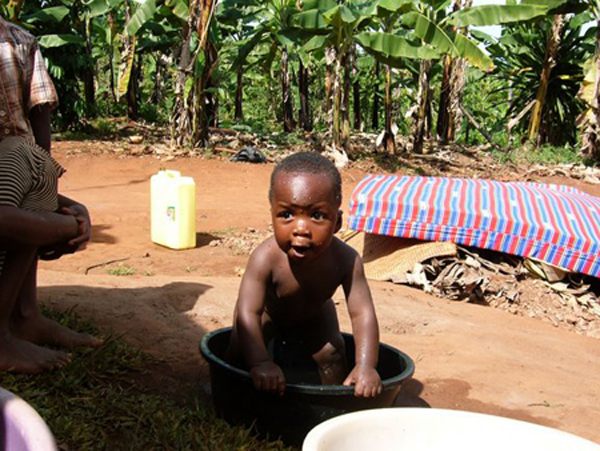Microbes for clean water - possible discussion topics
Keeping human waste away from drinking water is not glamorous research.
I've been trying to make a difference ever since.
Diseases carried by bad sanitation and water supplies cause 80% of illness and death in developing countries.
It can't be more of the same vast Victorian sewage systems we take for granted every time we visit a toilet in the UK.
Small, self-contained sewage systems are the answer in principle.
A small sewage system will take dangerous bacteria and chemicals out of human waste, so it can then be spread on fields as fertilizer or dumped in rivers without making water dangerous to drink.
In a sewage system that's working well, good bacteria eat up all the waste, so the bad ones that cause smells, disease and dangerous chemicals don't get a chance to multiply.
We don't understand it. It is a big research topic.
The small sewage systems that work best and last longest have the greatest variety of bacteria living in them.
This makes it very important to study, explore and map this biodiversity.
There are far more bacteria, and different kinds of bacteria, than anybody imagined.
That means if stars were bacteria you could get 100,000 galaxies in a tonne of soil.
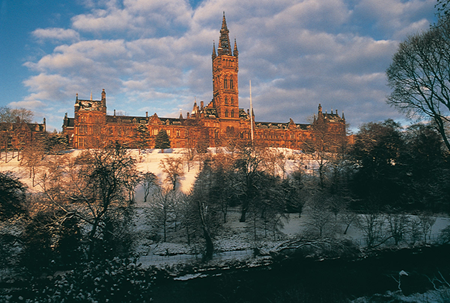
The explorers are tackling it in two different ways – experiments on the one hand and theory and computer modelling on the other.
But we are engineers. We want to use our knowledge for the benefit of men, women and children around the world.
A good model will tell you what happens when you change things.
We are making real progress now by understanding the fundamental science, then bringing that to bear on the engineering problem.
But tremendous progress has been made already.
That will have a huge impact in the developing world. It will save a lot of lives.
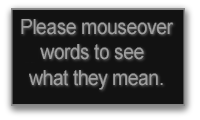
Final frontier
Keeping human waste away from drinking water is not glamorous research, admits Bill Sloan - although it can get exciting when you're hunting bugs in the world's wild places. But it wasn't glamour or excitement that first drew the Glasgow University engineer into modelling microbes.
"A colleague showed me photographs of children in the developing world who were seriously ill or dying from contaminated water. I've been trying to make a difference ever since."
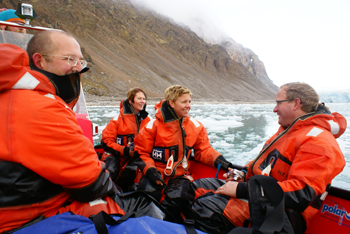
The statistics behind the kind of images that so moved Professor Sloan are stark. People in the richest countries use ten times as much water as those in the poorest. 1.1 billion people around the world - that's billion - don't have access to clean drinking water. Diseases carried by bad sanitation and water supplies cause 80% of illness and death in developing countries. Every 8 seconds they kill a child.
Small's best
So what is the answer? Indeed is there an answer?
It can't be more of the same vast Victorian sewage systems we take for granted every time we visit a toilet in the UK. These are horribly expensive to build and maintain. They also need huge amounts of energy. "Around 7% of all the electricity used in Britain goes on sewage treatment," Bill says. "That makes it a major contributor to climate change."
Small, self-contained sewage systems are the answer in principle. But in practice people like Bill Sloan have big problems to solve before they start saving lives on a large scale.
Here's the problem
A small sewage system will take dangerous bacteria and chemicals out of human waste, so it can then be spread on fields as fertilizer or dumped in rivers without making water dangerous to drink. But only if the system keeps on working.
"We have a poor track-record with small sewage systems," Bill says. "They work for a time and then they crash. We don't yet understand why."
But he and his colleagues are getting closer. In a sewage system that's working well, good bacteria eat up all the waste, so the bad ones that cause smells, disease and dangerous chemicals don't get a chance to multiply. Most of the electricity used in large sewage systems goes to pump oxygen - which the good bacteria love - through tanks of waste and water.
But it's not just lack of electricity that makes small sewage systems stop. "Even if you pump oxygen into small systems they can still suddenly fail," Bill says. "We don't understand it. It is a big research topic."
Like stars in the sky
But he and his colleagues at Newcastle University have made an important discovery. The small sewage systems that work best and last longest have the greatest variety of bacteria living in them. In Bill's words, "stability is correlated with biodiversity".
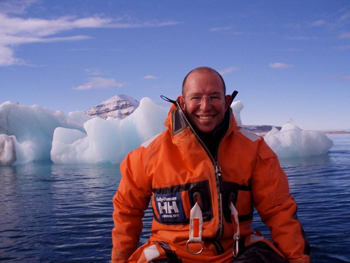
This makes it very important to study, explore and map this biodiversity. That's what Bill and his colleagues are doing, for bacteria all over the world. Their research has already thrown up a huge surprise. There are far more bacteria, and different kinds of bacteria, than anybody imagined. Or indeed can imagine. In terms of numbers it's like exploring space, only bigger and harder.
One tonne of soil, the researchers have found, contains more than 10 million billion bacteria - compared to just a hundred billion stars in our galaxy. That means if stars were bacteria you could get 100,000 galaxies in a tonne of soil.
And there could be 10 million different species of bacteria in that tonne of soil.
Models and maps
Mapping this vast space is an enormous challenge. The explorers are tackling it in two different ways – experiments on the one hand and theory and computer modelling on the other.
Progress is made most rapidly when these two go hand-in-hand, Bill says. "Microbial biologists are sometimes content just to describe the patterns they see. But we are engineers. We want to use our knowledge for the benefit of men, women and children around the world. To do that you need a mathematical model as well as observations.
"A good model will tell you what happens when you change things. If I have a model, for example, of how microbial communities form that depends on the shape of the plant, the chemicals we add, the inflow rate and so on, then I can design a new system from scratch. And I can be confident that it will work.
Saving lives
"Until now every new waste plant was more or less a shot in the dark. You had to build it then hope it would work. We are making real progress now by understanding the fundamental science, then bringing that to bear on the engineering problem."
Creating mathematical models of microbe populations is a very young area of research. But tremendous progress has been made already. Bill is confident that he and his colleagues are getting closer to the goal of mapping the microbes and building small sewage systems that work - and keep on working.
"That will have a huge impact in the developing world," he says. "It will save a lot of lives."
Curtis, T.P. Sloan, W.T. & Scannell, J.W., 2002. Estimating prokaryotic diversity and its limits. PNAS August 6, 2002 vol. 99 no. 16 10494-10499.
More help with words
| absorb | achievement | bacterium | cell | complex |
| conception | digestion | DNA | environment | fertilisation |
| gene | gravitation | inherit | kilogram | mass |
| membrane | microscopic | molecule | organism | predict |
| protein | protoplasm | regular | sewage | variety |
| virus |

